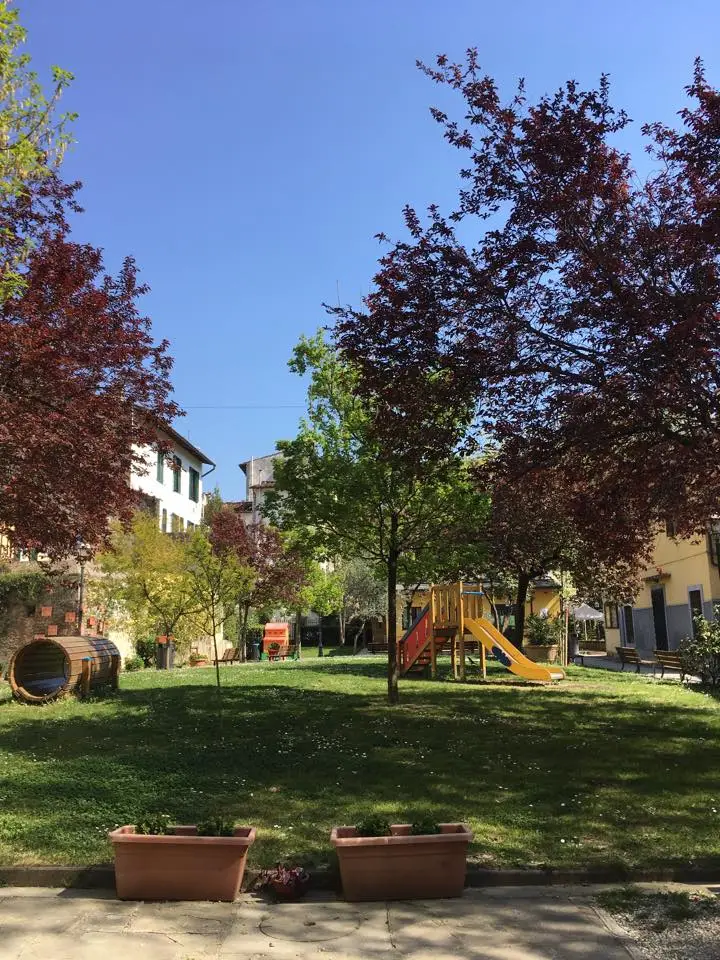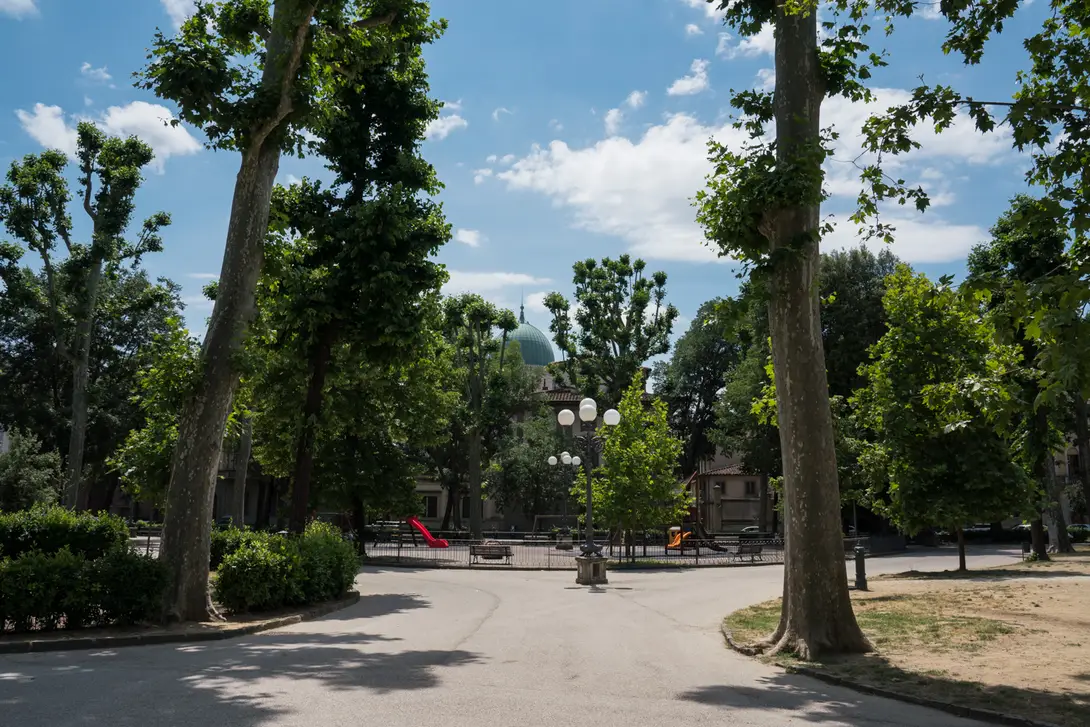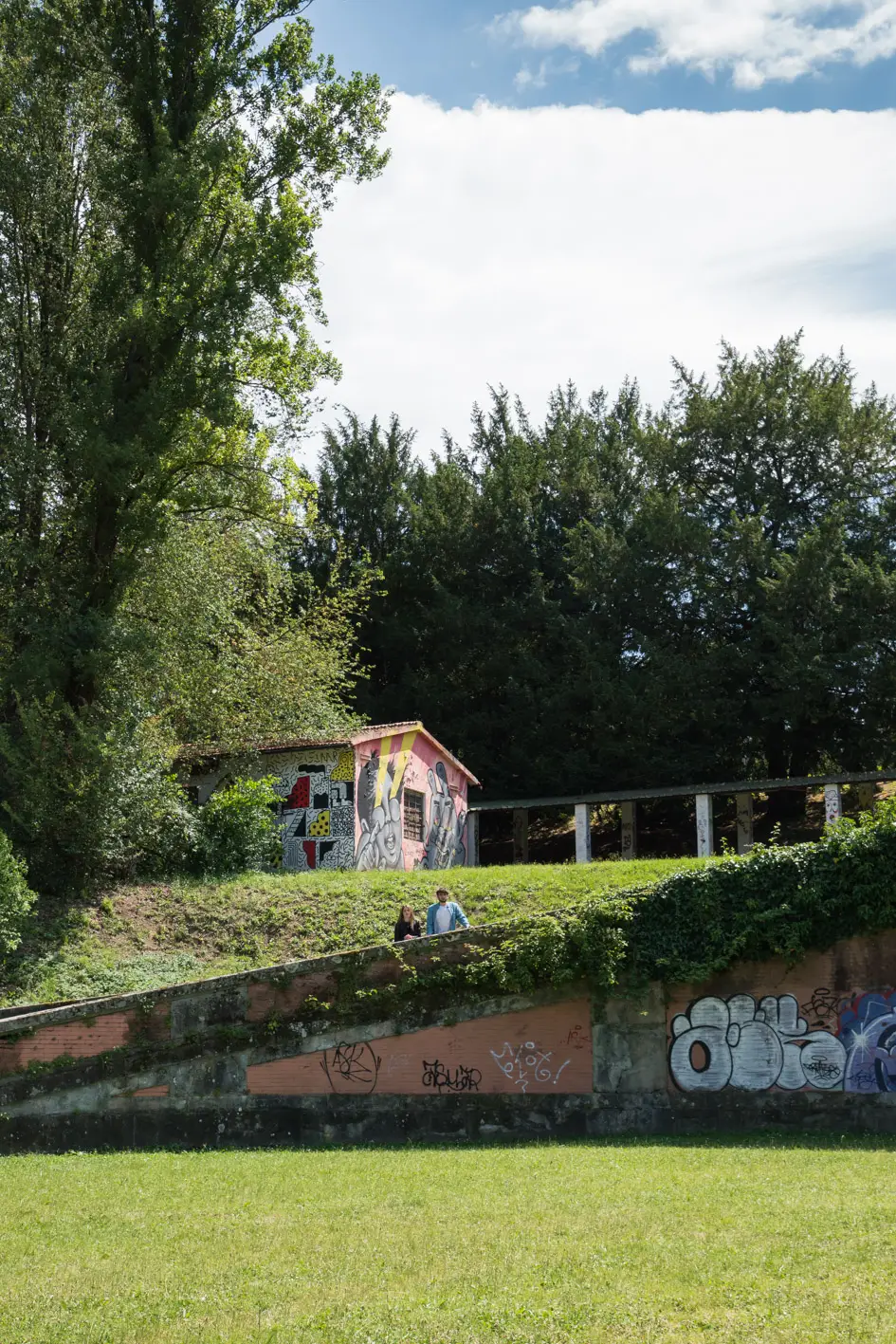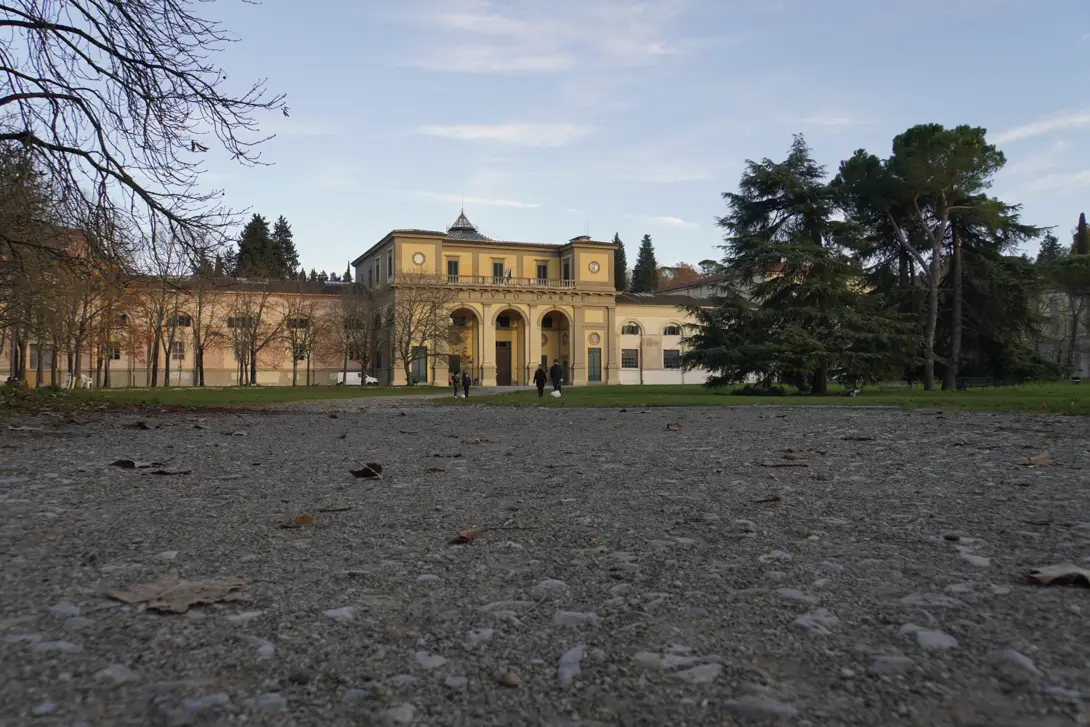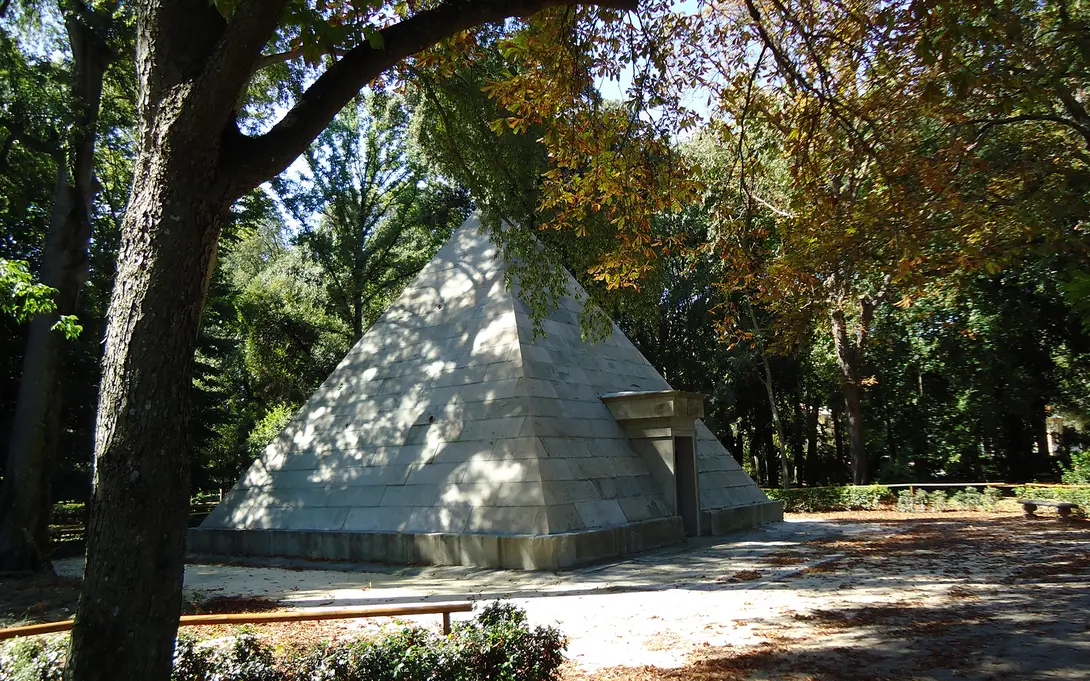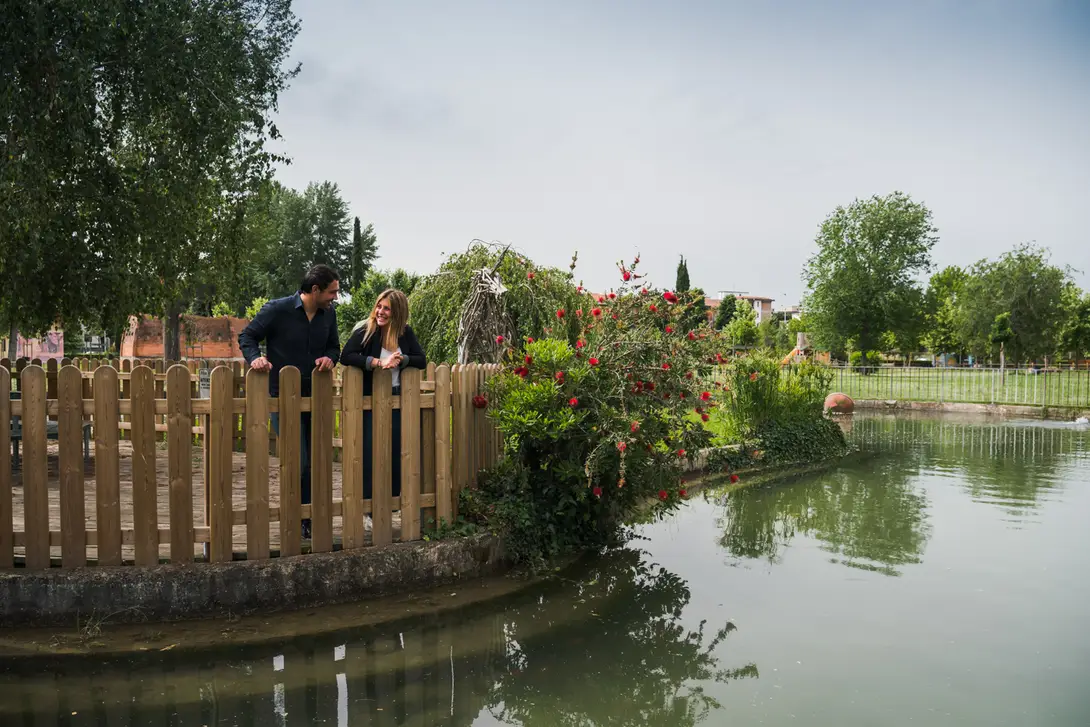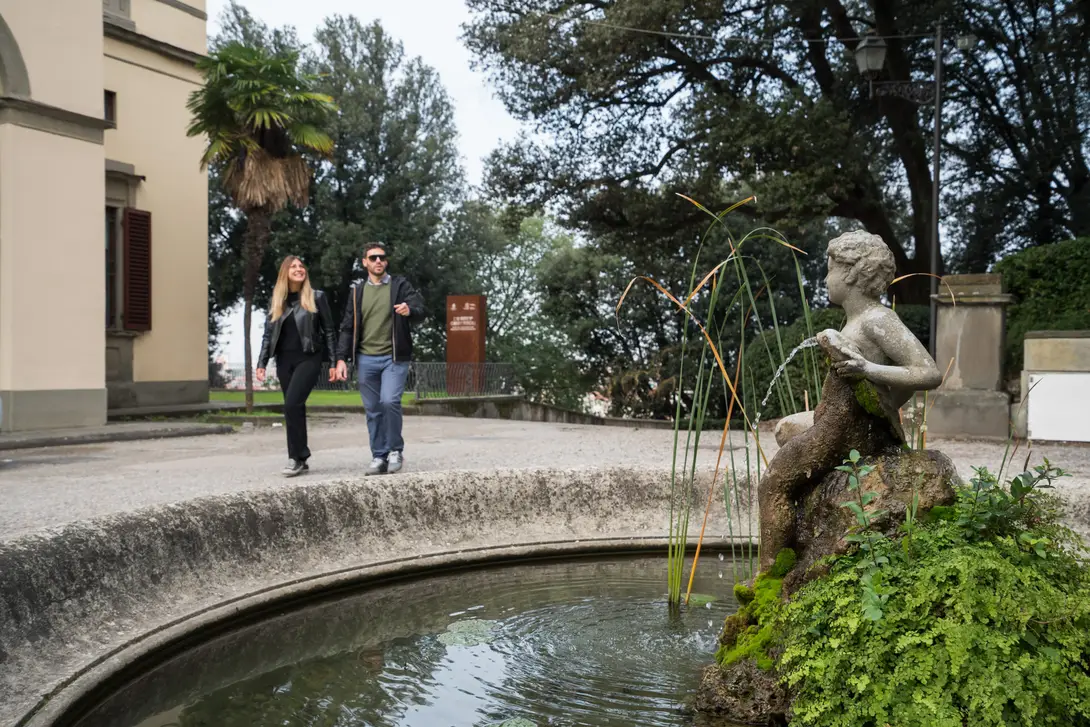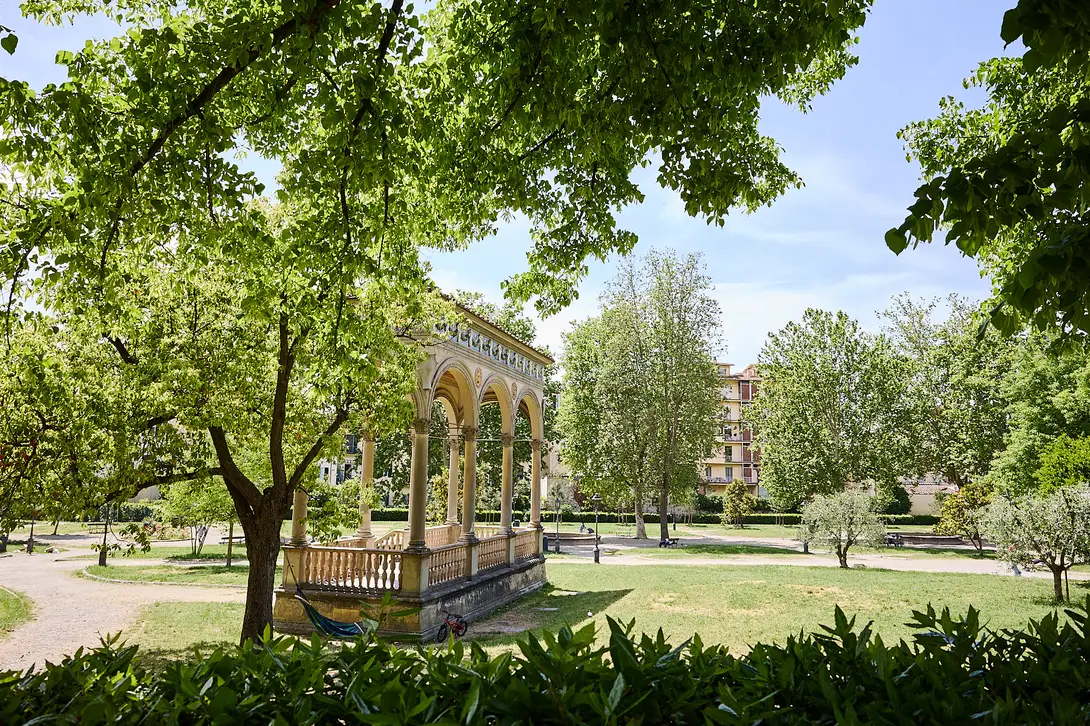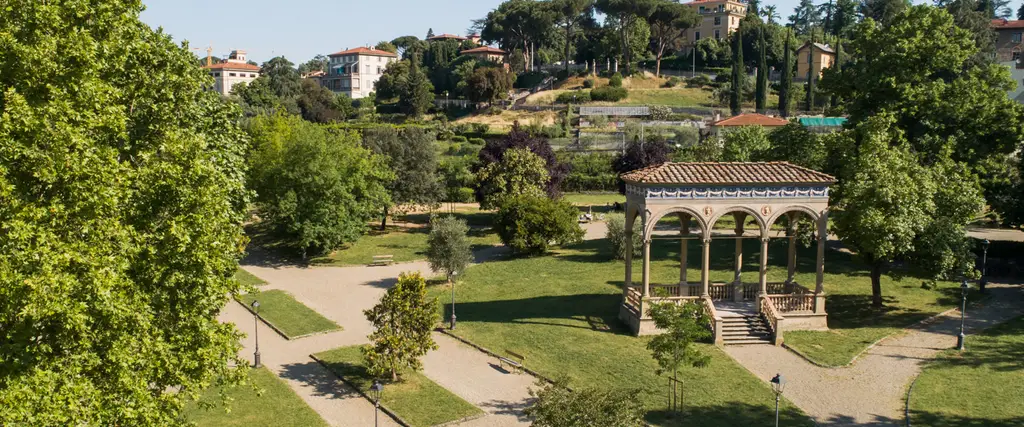
Gardens in the center of Florence
When visiting a city like Florence with children it’s always good to organize the day taking their needs into account. Some of Florence museums organize activities and guided tours tailored made for kids, but it’s always good to know where the closest green area/playground is.
Here’s a list of some gardens located in the city center or in its close proximity: a sort of “where to play outdoor” itinerary.
Near Santa Croce there’s the garden of Borgo Allegri, while in sant’Ambrogio district there’s one in Piazza d’Azeglio.
In Oltrarno, there’s Giardino di Carraia, near San Niccolò tower, while near Boboli Garden (which is considered a museum, and where playing is not allowed) children can burn some unspent energy in the former Royal Stables park.
Many green areas and playgrounds are also situated along the river: Anconella (east) and Cascine park (west), or in its proximity: the Boschetto garden of Villa Strozzi can be quickly reached on foot from Ponte alla Vittoria.
And lastly, Orticoltura Garden, in the north of the city center, just a few steps away from piazza della Libertà, is characterized by vast spaces where to run freely and a nice playground.
The places
Stages
Il giardino di Borgo Allegri
Questo spazio verde, racchiuso fra le case nel centralissimo quartiere di Santa Croce, è stato recentemente dedicato a Wanda Lattes e Alberto Nirenstein - giornalista lei, storico della Shoah lui.
Si tratta di un giardino estremamente popolare, che funziona da centro di aggregazione per bambini e adulti; spesso vengono organizzati anche degli eventi. Per i bambini sono a disposizione giochi accessibili a tutti e anche uno xilophono, messo in ricordo di Uberto Ardovini.
piazza Massimo D'Azeglio
Giardino di Carraia
A due passi da San Niccolò, in fondo al viale alberato che percorre via dell’Erta Canina, fra il verde e lontano dal rumore.
Il Giardino di Carraia non è molto conosciuto ma per la sua forma a ventaglio, leggermente in buca, è protetto dal vento ed è molto tranquillo.
Il giardino è attrezzato per i bambini con altalene e altri giochi, tavoli e panche; inoltre nel giardino sono stati piantumati diversi alberi donati dai cittadini.
Caratteristica del giardino è la grande scalinata doppia di fine Ottocento opera di Giuseppe Poggi.
Park of the Former Royal Stables
The park of the former Royal Stables is also known as the Porta Romana garden. Located in the Oltrarno, it is the continuation of the Boboli Gardens. The two parks are separated by the old city walls.
The garden of the former Royal Stables consists of about six hectares of land, a romantic park. It was built, together with the adjacent buildings, during the period in which Florence became the capital of the Kingdom of Italy. Its purpose was to "contain" the King's horses and carriages.
Subsequently, when the capital of Italy became Rome, the building and the garden were abandoned for a long time as they lost their main function.
In 1919 the complex was taken over and donated to the Royal Institute of Art.
Later, other years of neglect followed and then half of it was relocated as venue and laboratories for the nearby School of Art.
Cascine Park
Le Cascine was once the property of Alessandro and Cosimo I de’ Medici (sixteenth century) who purchased the land, using it as a hunting ground and a place to farm and breed cattle. During the 18th century, thanks to Pietro Leopoldo, the Habsburg-Lorraine Grand Duke of Tuscany, the area became accessible to the public, although only in some occasions (Court Feasts, Ascension day). In the same period (1785) the architect Giuseppe Manetti created important buildings such as the “Palazzina Reale” and the “Ghiacciaia-Piramide”.
Elisa Baciocchi, sister of Napoleon, Grand Duchess of Tuscany transformed definitely the Cascine in a public park (1807-1815), thus giving the city a vast green area. During the second half of the 19th century the architect Giuseppe Poggi planned a huge square (the present Piazza Vittorio Veneto), originally intended to be the entrance area to the park. The “Scuola di guerra aerea” is the last, most important architectural realization; it was created in 1938 by Raffaello Fagnoni.
In this big park, it is possible to have a picnics with children. Furthermore, you can rent bicycles or skates and enjoy summer in Le Pavoniere swimming pool.
Parco dell'Anconella
The Anconella park, with its wide green areas for adults and kids, is locatedalong the left bank of the Arno River;where the Florentine aqueduct is situated; moreover, it is possible to find a model of Brunelleschi's Dome, on a scale of 1:5, made according to the same construction techniques of that time.
Park of Villa Strozzi al Boschetto
This property was bought in the sixteenth century by Francesco Rinuccini and then sold to the Strozzi family that built the sixteenth-century building. In the nineteenth century, Prince Ferdinando Strozzi commissioned the creation of the park to Poggi. Poggi built a large carriageway, the limonaia (lemon storage room), an English-style park with exotic plants and a wooded area. These varied areas also create the diversification of fauna, forming different habitats. On the side of Via Pisana , a staircase is decorated with two statues depicting Egyptians.
On a project by the Municipality of Florence (Bosco Cantastorie) visitors who want discover the park can choose three different itineraries. the memory path (red), the scientific path (blue) and the botanical path (green).
Giardino dell'Orticoltura
In 1854 the "Società Toscana d'Orticultura" (Tuscan Society of Horticulture) was constituted. In the second half of the 19th century the garden got larger and Giacomo Roster designed the big tepidarium, inaugurated in 1880. The little loggia "Bondi" by the architect Castellucci was realized in 1911.
The Municipality of Florence bought the garden in 1930 and designated the area as a public garden. In 1990 the "snake" was completed with decorations of different materials following the project of Marco Dezzi Bardeschi.
Inside the garden there is also a playground for children.
